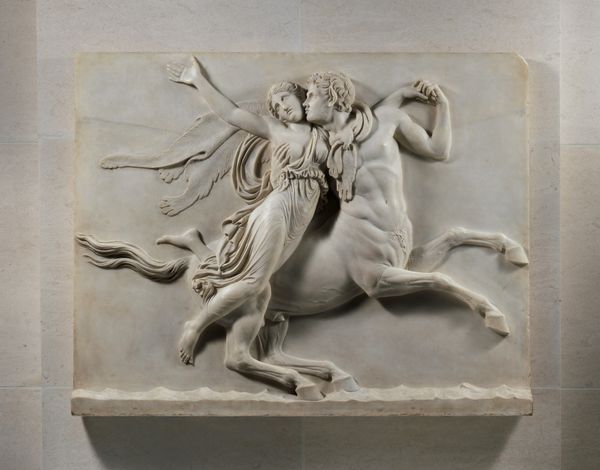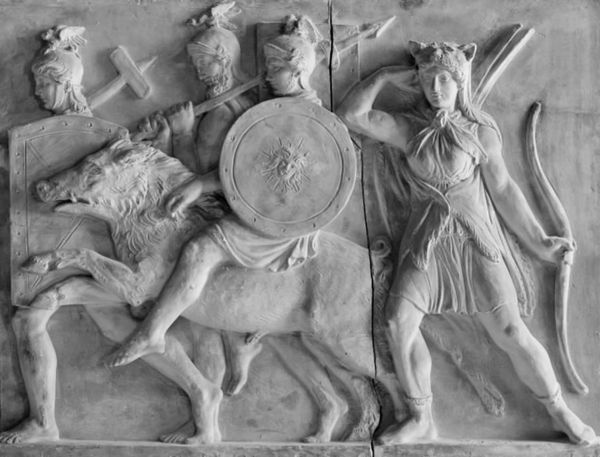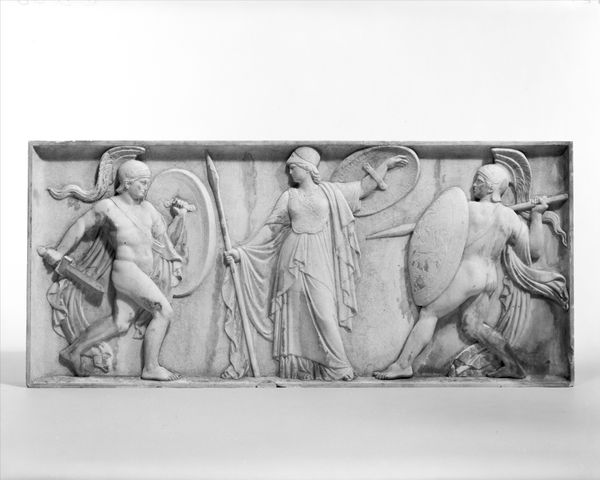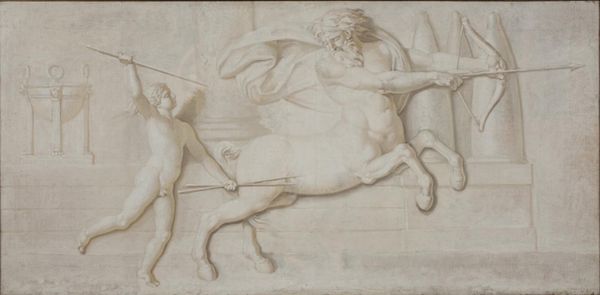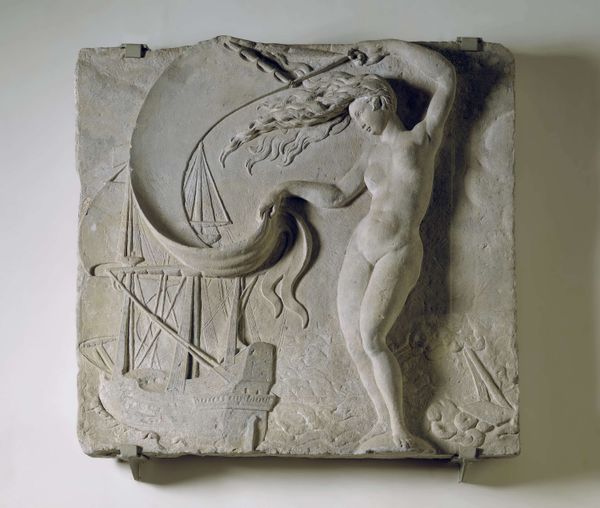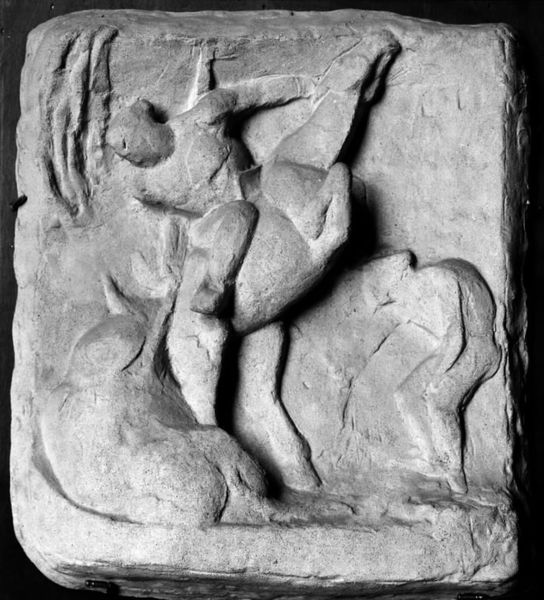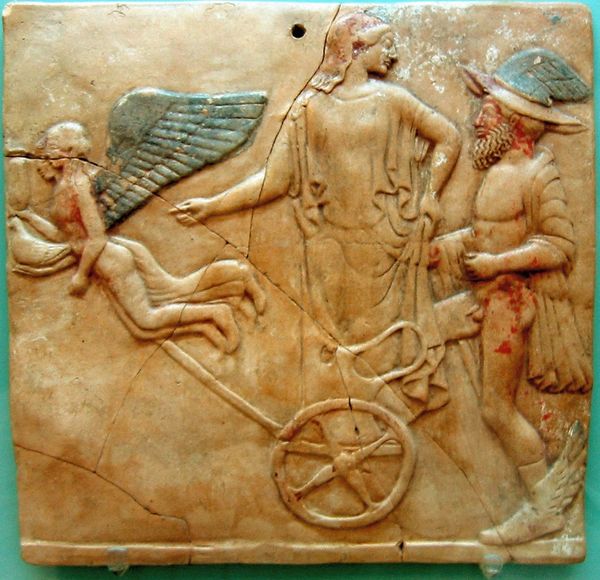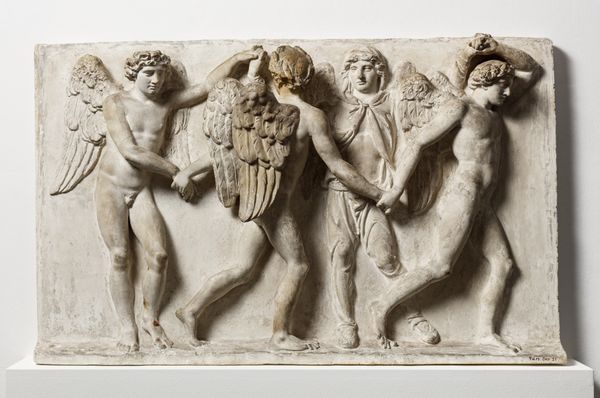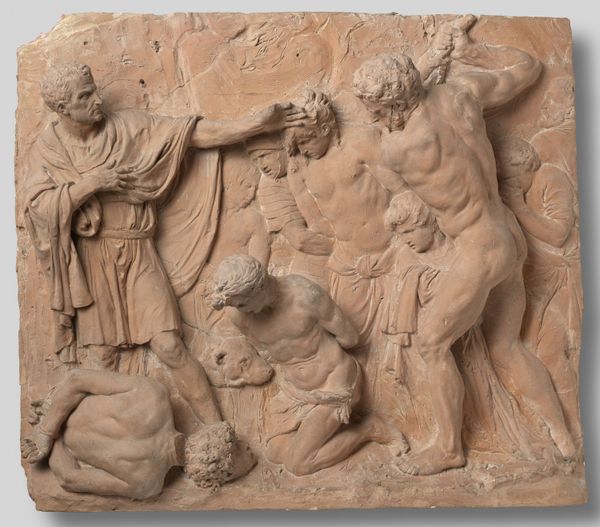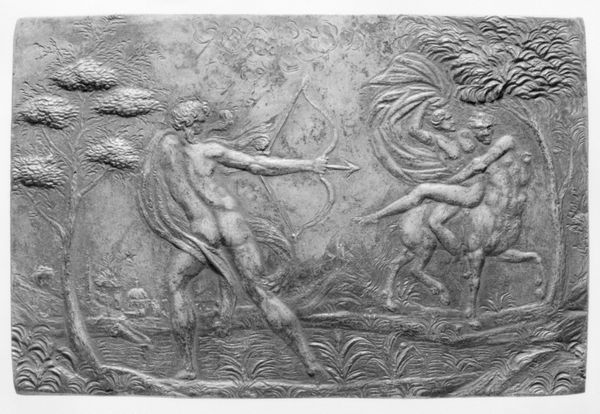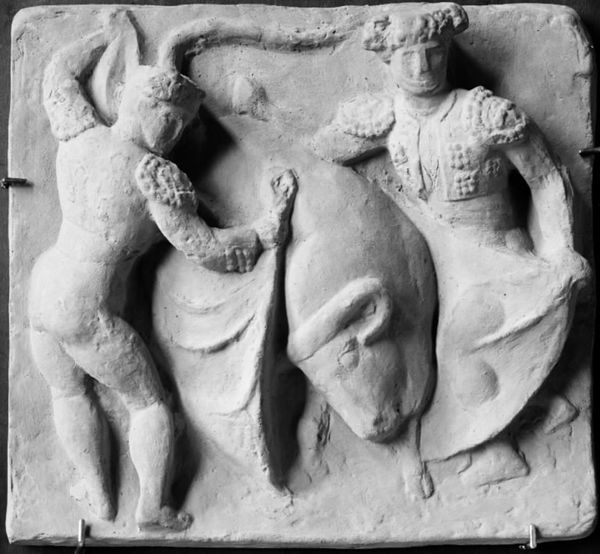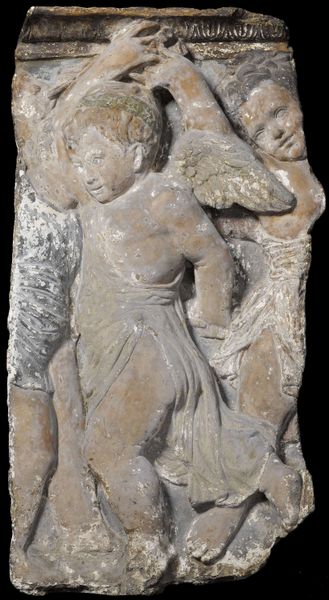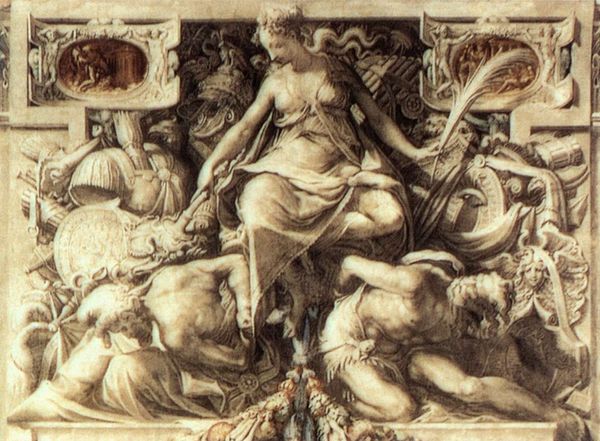
carving, relief, sculpture
#
statue
#
carving
#
sculpture
#
greek-and-roman-art
#
relief
#
figuration
#
ancient-mediterranean
#
sculpture
#
mythology
#
history-painting
#
statue
Copyright: Public domain
Curator: We are standing before a section of the Parthenon Frieze, specifically the Cavalry section, created around 437 BC. The sculpture once adorned the upper walls of the Parthenon in Athens. Editor: It’s remarkable. The relief practically bursts with life; there is an undeniable energy. The bodies, human and animal, are intertwined, each muscle meticulously defined. Curator: Indeed. These marble carvings are powerful symbols of Athenian identity and civic pride. Cavalry represented military strength and the noble class, both crucial elements within their social structure. Consider that these images were potent visual statements in the urban environment. Editor: I’m struck by the problematic nature of this piece now housed in the British Museum. While beautiful and significant, its removal speaks volumes about colonial power dynamics. How can we appreciate it fully without addressing its history of displacement? Curator: A crucial point. However, focusing on its formal and symbolic language, note how the figures and their horses echo familiar, shared movements. They demonstrate a harmony between humanity and nature, further solidifying the themes of Athenian prosperity and their controlled environment. Also, the procession imagery harkens back to earlier ritualistic traditions. Editor: But even within that control, can we read resistance? Note how the youths are not identically posed, how there are variations within what appears as a standardized figure. Each face feels subtly individualized. Does this suggest an intentional divergence from monolithic ideals of Athenian perfection, or hint at social tensions beneath the surface? Curator: An interesting observation! We may be projecting our modern lens a little. In my opinion, the overall impression is meant to instill respect and project the power of Athens—but history is not static, and our own relationship to these works changes over time. Editor: Exactly. It requires critical reflection and active engagement with history to unveil both the power dynamics of the past and the ones that allowed this frieze to arrive here in the first place. Curator: So much is captured in these stones—a complex network of skill, memory, and aspirations that resonates profoundly to this day. Editor: Absolutely. The layers of history are as etched into these surfaces as the figures themselves.
Comments
No comments
Be the first to comment and join the conversation on the ultimate creative platform.
